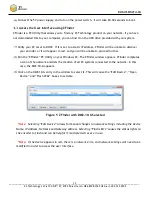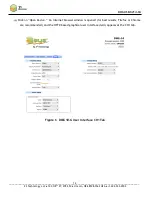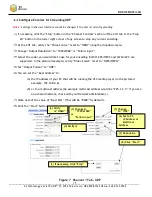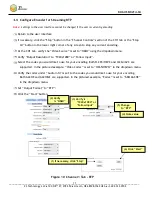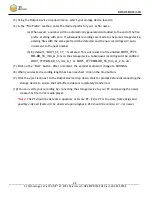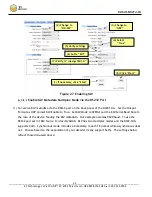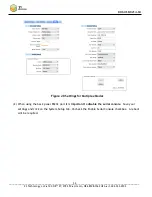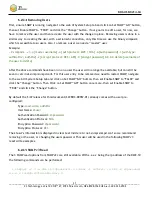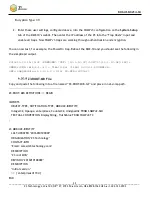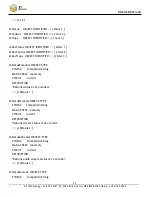
DOC-USR-0214-04
___________________________________________________________________________________________
Z3 Technology, LLC
♦
100 N 8
th
ST, STE 250
♦
Lincoln, NE 68508-1369 USA
♦
+1.402.323.0702
27
Tuning for Latency
In general, streaming using RTP/RTSP will result in lower latency than streaming using TS.
On the web
UI channel tab there is a "Latency Mode" slider.
For low latency encoding we recommend setting
the slider to "Low Latency".
There is also a "Lowest Latency" position, but it severely effects image
image quality.
The "Low Latency" position will be best for most low latency applications.
If streaming to the VLC media player, latency can be reduced on the decode side by adjusting the
network caching value. By default, this is set to 1000ms. You can lower this to as low as 200ms. To do
this, go to the following:
VLC
→
Tools
→
Preferences
→
Show Settings (ALL)
→
Input / Codecs
→
Network caching (ms)
Stream Multiple Resolutions
The DME-10-G supports simultaneous encode into up to three different resolutions, bitrates and output
formats. Each output stream can be set using a separate channel tab. If the CH2 tab is not present,
you can create a second channel by clicking on the
+
tab.
Record to USB/SD
The unit supports writing encoded video to a storage device connected to the USB port or SD card slot in
.ts
file format.
(1)
Connect a USB flash drive or other USB storage device to one of the USB inputs on the back of the
unit. An SD card can also be used by inserting it into the slot on the front of the unit.
*
Note:
The storage medium must be formatted in either FAT32, VFAT, EXT3, or EXT4 format.
(2)
If necessary, click on the “Stop” button in the lower right corner of the screen of the user interface
CH1 tab.
(3)
Verify the settings under “Encoder Setup” match your video source.
(4)
Under Output Setup, set Output Format to “TSFILE”.
Figure 23 Create Additional Output Channels
Click the “+” Tab

